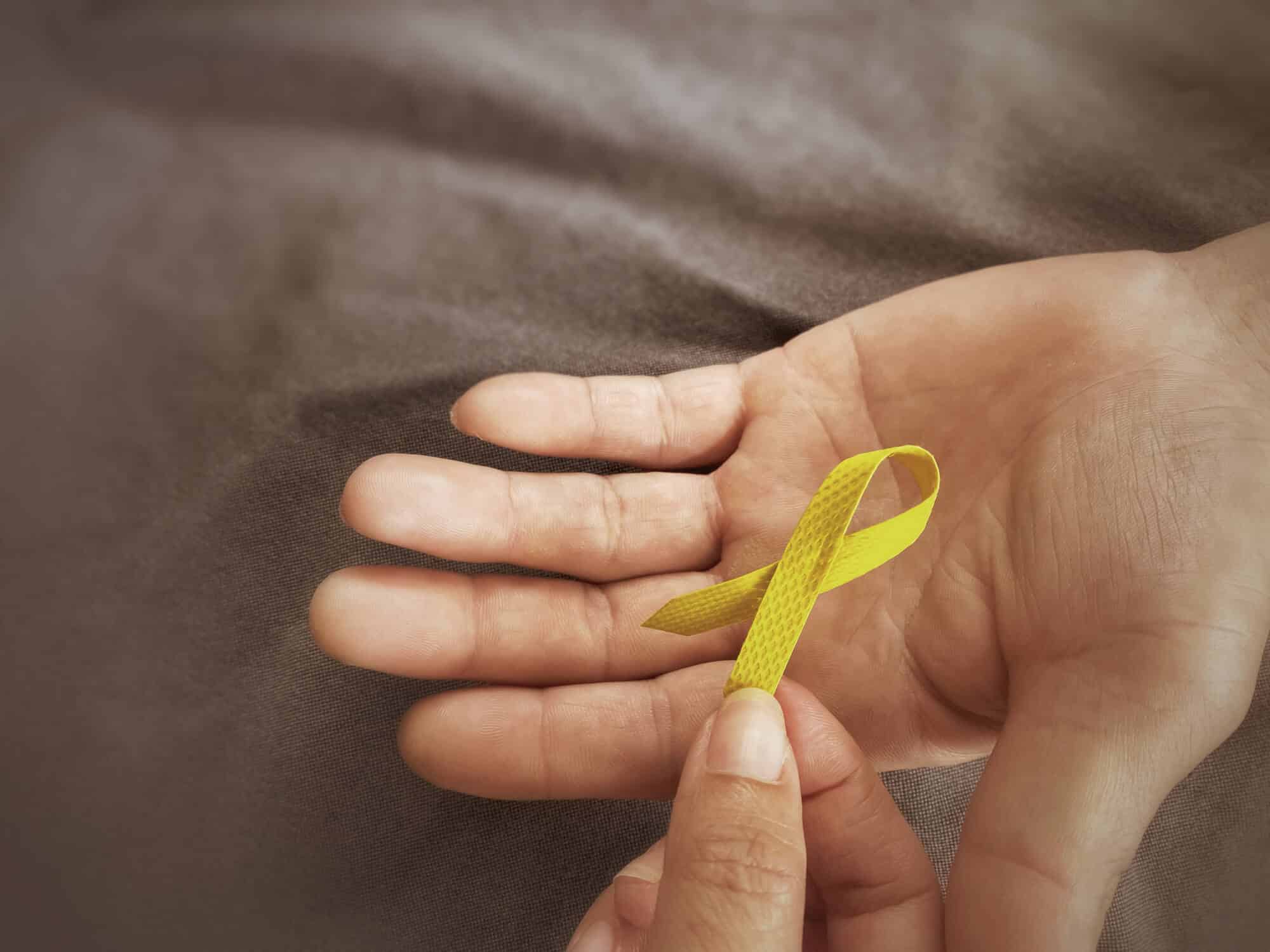Globally, approximately 703,000 people die by suicide each year, or one every 40 seconds, according to the World Health Organization (WHO) (2023). This stark statistic underscores the urgent need for effective prevention strategies and mental health support. While society often focuses on intervention and postvention, proactive prevention methods are crucial. This article explores common myths about suicide, effective prevention strategies, and provides resources for crisis situations.
Understanding Suicide
Suicide is the intentional act of ending one’s life, often stemming from complex emotional and psychological issues. Suicidal ideation ranges from fleeting thoughts to detailed plans and actual attempts, and distinguishing these levels is key for effective support and intervention.
In the U.S., men are about 3.6 times more likely to die by suicide than women, and rates increase with age, particularly among those 65 and older (CDC, 2022). The effects of suicide ripple through families, communities, and societies, highlighting the need to address contributing factors such as mental illness, social isolation, and limited access to care to develop effective prevention strategies.
Common Myths and Misconceptions About Suicide
Before we can start talking about how we can prevent suicide, we need to clear up some of the common myths and misconceptions associated with suicide:
Talking about suicide will cause someone to think about committing it.
- Scientists have studied whether discussing suicide increases the likelihood of someone attempting it and have found this to be false. Historically, the stigma around mental illness discouraged open discussions and prevented individuals from seeking help. Providing a safe space to talk about suicide and mental health is essential for effective prevention.
People who talk about suicide are just seeking attention.
- People who frequently talk about suicide may be in significant distress and seeking help. It’s important to listen carefully to what those around you are saying. Even if it seems like a joke, it could be their way of signaling a need for support and intervention.
Suicide only affects people with mental illness.
- While mental illness is a significant risk factor, suicide can impact people from diverse backgrounds. Stress and severe trauma affect individuals in various ways, so finding positive aspects in life is crucial for providing comfort and support.
People who die by suicide are selfish.
- Individuals who commit suicide are often experiencing profound emotional or physical pain and may feel helpless, viewing suicide as their only escape. Understanding this can foster empathy and compassion.
There are many myths about suicide, but understanding and debunking them is crucial for creating a supportive and proactive environment for suicide prevention.
Effective Prevention Strategies
To effectively prevent suicide, we must focus on both crisis response and building personal resilience. Key strategies include:
Build Up Protective Factors
- Everyone faces stress and difficult situations at some point in life. During tough times, people often rely on sources of peace and support such as friends, family, hobbies, or spirituality. Building more positives factors than risk factors in your life provides a strong foundation to cope with challenges.
Education and Awareness
- Changing perceptions about suicide is a gradual process, but widespread education and awareness are key to reducing stigma. By increasing understanding across all levels, individuals may become more open to discussing their mental health and seeking support.
Community and Social Networks
- Navigating life on your own can be tough. It’s essential to build supportive communities to help during difficult times. Within your own social network, having positive friends and supportive family members can make a big difference, providing the strength and encouragement you need.
Policy and System Changes
- Governments are increasingly focusing on mental health and suicide prevention, with September being Suicide Prevention Month. To further reduce suicide attempts, we need to boost funding for mental health services and take steps to restrict access to firearms and harmful substances.
Early Intervention and Access to Care
- Just as schools and businesses require physical health screenings for sports or new jobs, regular mental health screenings in schools, workplaces, and healthcare settings are essential. These screenings can help spot individuals at risk and connect them with the right resources.
Resources and Support
Effective suicide prevention depends on a network of supports and resources designed to address both immediate and long-term needs. Access to these resources is crucial for helping individuals in crisis and fostering mental well-being. Here’s an overview of the key supports available:
Crisis Hotlines:
National Suicide Prevention Lifeline (988): Provides 24/7, confidential support for those in emotional distress or crisis. Trained counselors offer immediate assistance and guidance to help individuals navigate through their difficulties.
Mental Health Services:
Counseling and Therapy: Professional mental health services offer a safe space to explore feelings and develop coping strategies. These services are essential for addressing underlying issues and providing ongoing support.
Community Resources:
Support Groups: Provide a space for individuals to connect with others who understand their challenges, offering both emotional support and practical advice to alleviate feelings of isolation.
Wellness Programs:
School and Workplace Programs: Promote mental health awareness and early intervention through education and counseling. These initiatives help identify at-risk individuals and foster supportive environments.
Using these supports can assist in managing mental health challenges by providing essential help and resources. Additionally, they play a key role in building a supportive community where individuals can find understanding and encouragement.
Suicide Prevention Conclusion
Fostering resilience and support within individuals and communities is essential for effective suicide prevention and tackling the mental health crisis. I encourage everyone to practice self-care and reflection, identify protective factors, and lean on them during tough times. By tackling the root causes of suicide and dispelling myths, we can create a supportive environment for those struggling with mental health issues. Through collective effort and commitment to mental health, we can make significant strides in preventing suicide and saving lives. If you or someone you know is in crisis or needs support, don’t hesitate to reach out.
Sources:
World Health Organization. (2023). Suicide. Retrieved from WHO website
Centers for Disease Control and Prevention (CDC). (2022). Suicide Trends Among Adults Aged 35–64 Years — United States, 1999–2010. Retrieved from CDC website
Suicide Prevention FAQ
When to call the suicide prevention line?
You should call the Suicide Prevention Lifeline (988) if you or someone else is in immediate danger of self-harm or suicide, or if you’re experiencing intense feelings of sadness, hopelessness, or emotional pain. It’s also important to reach out if you or someone you know is having thoughts of suicide or if you need support and guidance. Additionally, if you’re concerned about a friend or family member at risk, the Lifeline can provide advice on how to help them.
What are suicide warning signs?
Suicide warning signs include talking about suicide or self-harm, seeking means to commit suicide, and experiencing dramatic mood changes, such as extreme sadness or sudden calmness. Other signs are withdrawing from friends and activities, engaging in risky behaviors, giving away possessions, and expressing feelings of hopelessness or worthlessness. If you observe these signs in yourself or someone else, seek help right away.
How does suicide affect other people?
Suicide can have profound and far-reaching effects on others. It often leaves family, friends, and communities grappling with grief, guilt, and confusion. Loved ones may struggle with emotional pain, feelings of helplessness, and a sense of loss. Additionally, suicide can impact mental health, leading to increased anxiety or depression among those affected. The ripple effect can extend to workplaces, schools, and communities, influencing the overall well-being and mental health of many.







